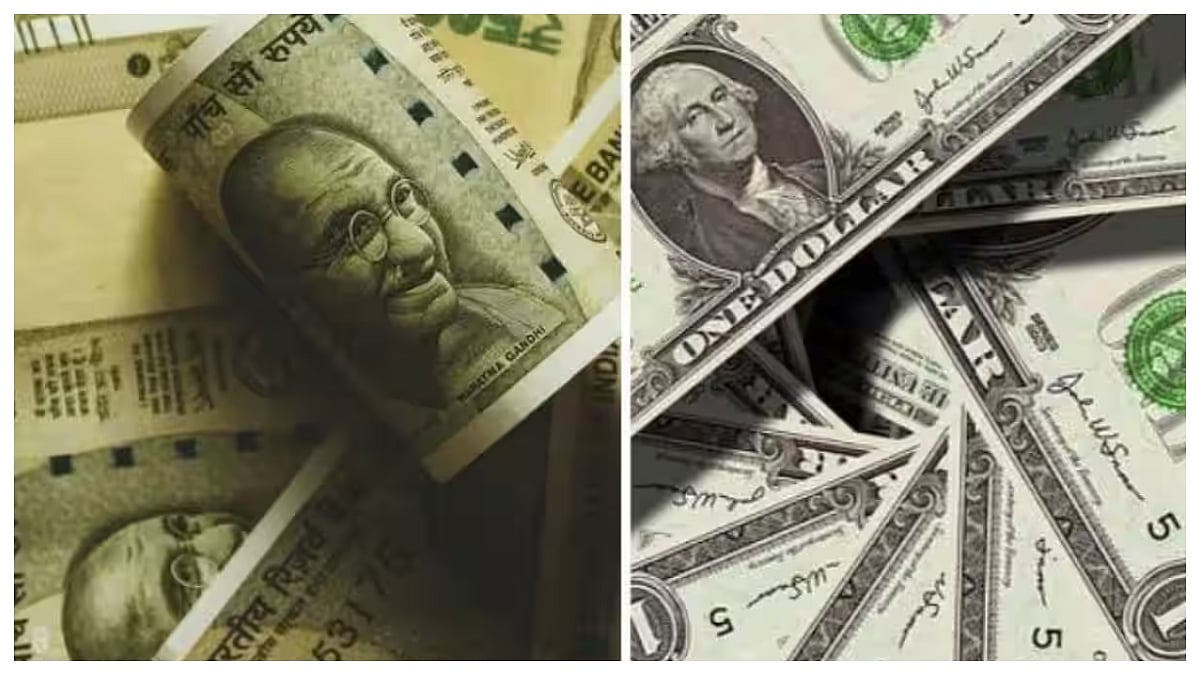Mumbai: In early trade on Friday, the Indian rupee strengthened by 34 paise, trading at 84.96 against the US dollar. The currency’s gains stemmed from the broad-based weakness of the greenback, which followed the repercussions of US President Donald Trump’s tariffs. This shift provided relief to emerging market currencies, including the rupee.

Catalysts Behind the Rupee’s Rebound
Forex traders highlighted several key factors contributing to the rupee’s rise. A significant drop in crude oil prices eased concerns over inflation and current account deficits, supporting the rupee’s strength. Additionally, the US dollar weakened globally due to fears of inflationary pressures and a potential recession in the United States.
The impact of retaliatory tariffs from global trade partners also raised worries about a slowdown in global trade, further adding to recessionary fears. The dollar index, measuring the greenback against six major currencies, fell 0.42 per cent to 101.64.
India’s Resilience Amid Trade Tensions
India’s relatively soft tariff rates compared to economies like China, Vietnam, and Thailand have bolstered its competitiveness. With an effective tariff rate of 27 per cent—one of the lowest after the Philippines (17 per cent)—India’s economy has shown resilience amid the US-led tariff battle.
CR Forex Advisors MD Amit Pabari noted that while the US hoped to boost revenue through reciprocal tariffs, the unintended consequences could slow economic growth due to higher import costs burdening consumers.
Domestic Market and FII Activity
Meanwhile, the domestic equity market experienced a downturn. The BSE Sensex dropped 594.05 points (0.78 per cent) to 75,701.31, while the Nifty declined 239.85 points (1.03 per cent) to 23,010.25. Foreign institutional investors (FIIs) also offloaded equities worth Rs 2,806 crore on a net basis, as per exchange data.
